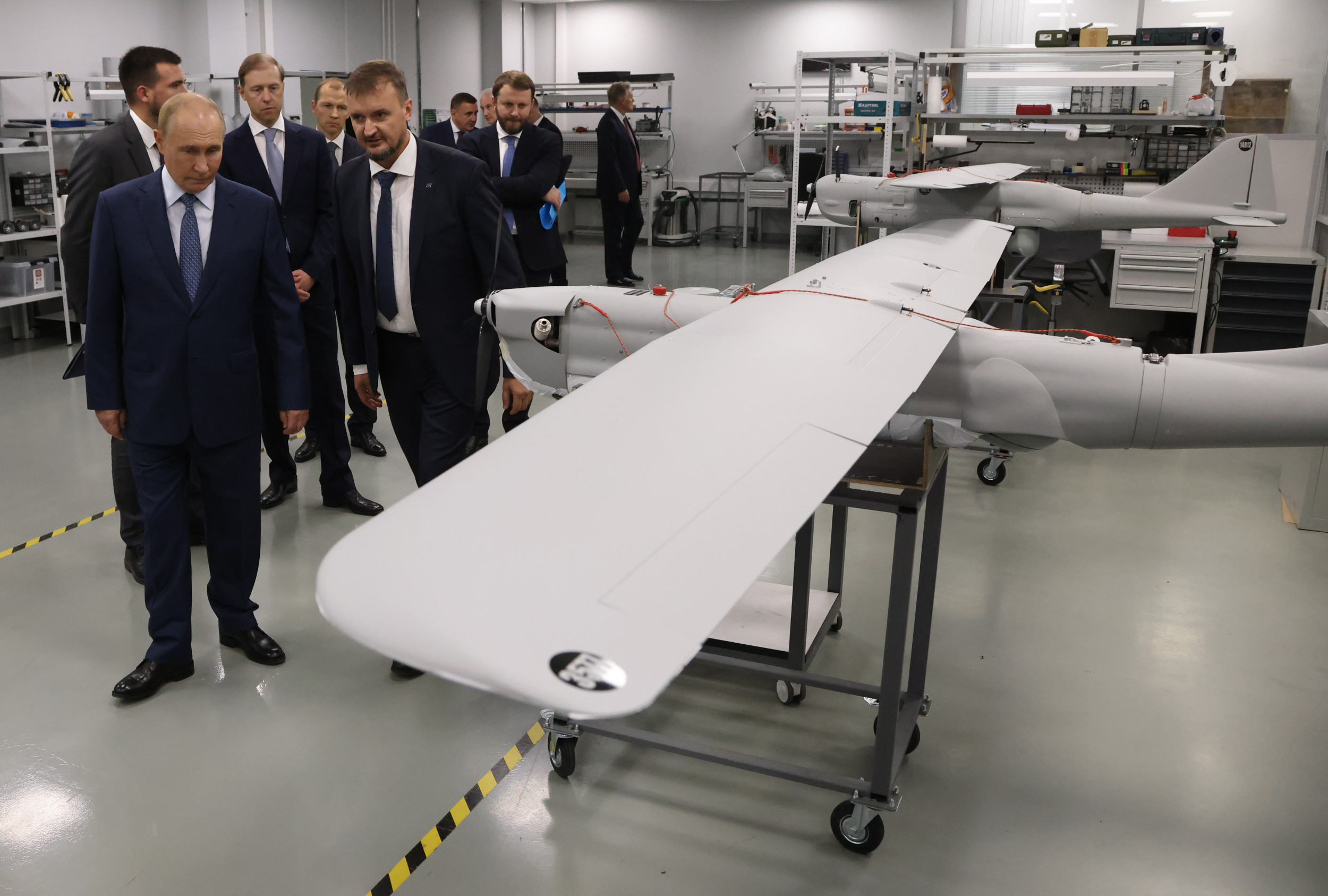Protecting Our Warfighters: How Wearable Tech is Revolutionizing Hazard Monitoring

In the demanding and unpredictable environment faced by warfighters, maintaining peak physical and cognitive performance is paramount. However, numerous factors – from environmental threats and extreme weather to physiological stress – can significantly impact their abilities. Recognizing this critical need, advancements in wearable hazard monitoring technology are offering a groundbreaking solution to safeguard our military personnel and enhance mission effectiveness.
The Challenge: A Complex Threat Landscape
Warfighters operate in environments characterized by a constant barrage of potential hazards. These range from immediate threats like enemy fire and IEDs to subtle, yet equally debilitating, factors such as heat stress, fatigue, and cognitive overload. Traditional methods of tracking and mitigating these risks often rely on manual observation and periodic assessments, which are inherently limited in their ability to provide real-time, personalized data.
Wearable Technology: A New Era of Proactive Safety
Wearable hazard monitoring technology represents a paradigm shift in how we protect our warfighters. These devices, often integrated into clothing or worn as accessories, leverage a suite of sensors to continuously collect data on a wide range of physiological and environmental parameters. This data includes:
- Physiological Metrics: Heart rate, body temperature, sweat rate, sleep patterns, and cognitive workload.
- Environmental Conditions: Temperature, humidity, UV exposure, air quality, and potentially even chemical or biological agent detection.
Real-Time Insights & Predictive Analytics
The power of this technology lies not just in data collection, but in its ability to translate raw data into actionable insights. Sophisticated algorithms and machine learning models analyze the collected data in real-time, identifying patterns and predicting potential threats before they manifest into critical issues. For example, a wearable device might detect early signs of heat stress based on a combination of body temperature, heart rate, and sweat rate, alerting the warfighter and their command to take preventative measures.
Benefits Beyond Immediate Safety
The advantages of wearable hazard monitoring extend beyond immediate safety. The data collected can be used to:
- Optimize Training Regimens: Tailor training programs to individual warfighter needs and limitations, maximizing performance and minimizing injury risk.
- Improve Equipment Design: Provide valuable feedback for developing more effective and comfortable protective gear.
- Enhance Mission Planning: Inform mission planning by identifying potential environmental hazards and physiological challenges.
- Support Post-Mission Recovery: Monitor recovery metrics and identify areas where additional support or interventions may be needed.
Looking Ahead: The Future of Warfighter Protection
As wearable technology continues to evolve, we can expect even more sophisticated hazard monitoring capabilities. Future developments may include integration with augmented reality systems to provide real-time situational awareness, personalized cognitive performance enhancement tools, and advanced biometric authentication for secure access to sensitive information. The commitment to protecting our warfighters remains unwavering, and wearable hazard monitoring technology is proving to be a crucial tool in achieving that goal. This technology represents a significant investment in the well-being and operational readiness of those who serve, ensuring they can perform their duties safely and effectively in the face of any challenge.






